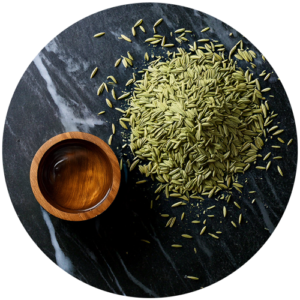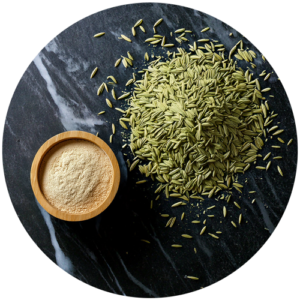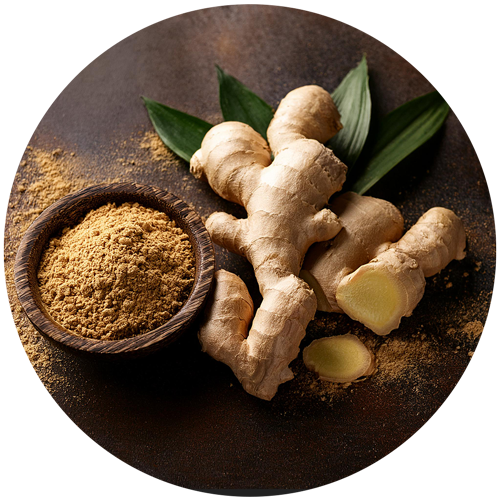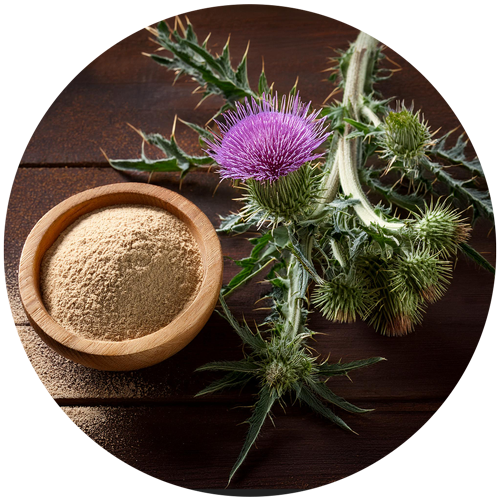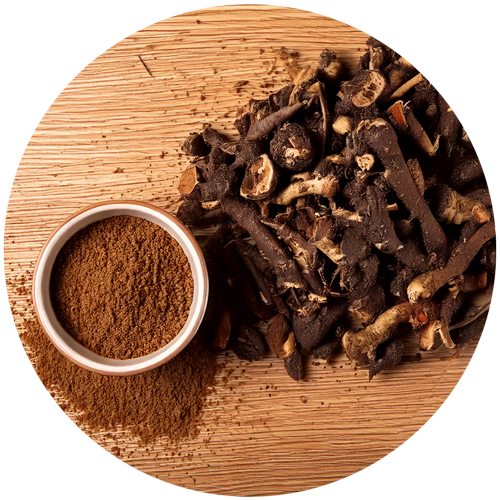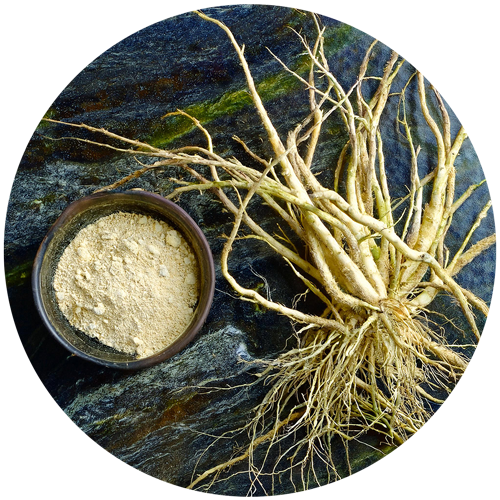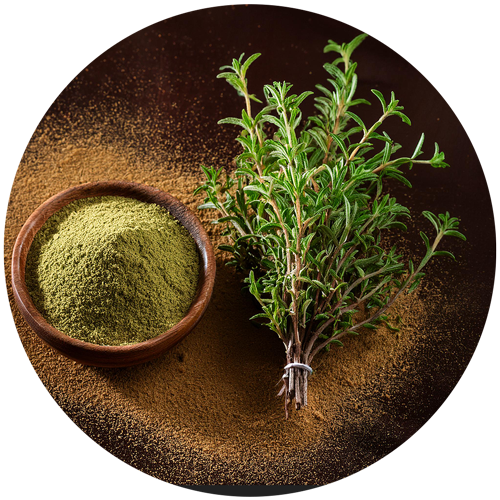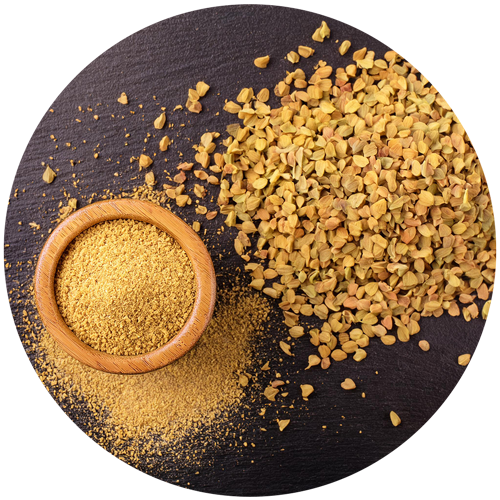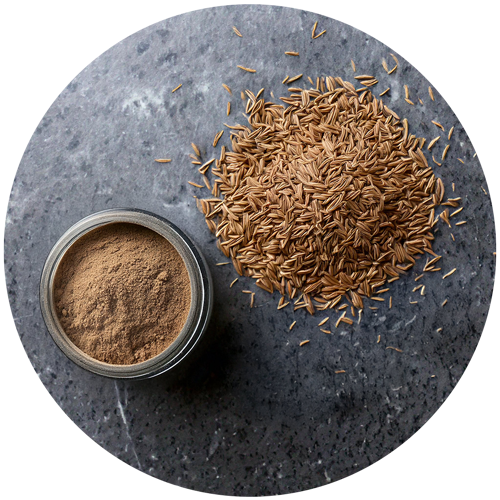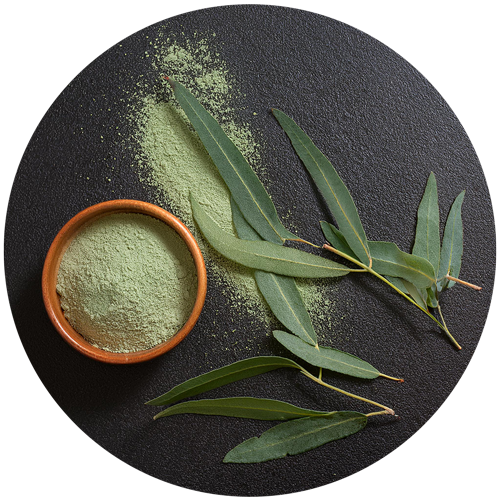Europe and/or Africa
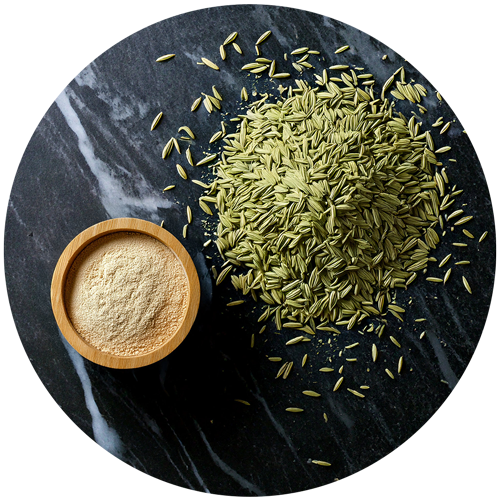

GREEN ANISE
Pimpinella anisum L. Upper airways
Upper airways  Galactogen
Galactogen  Digestion
Digestion Green anise seeds, Pimpinella anisum, rich in essential oils and polyphenols, support digestive comfort, protect cells thanks to their antioxidant properties and promote intestinal balance.
Regulations
and analysis
Identification : TLC
Data on traditional use
Cahier de l’agence du Médicament (France) :
- Traditionally used to aid digestion
- Traditionally used to soothe abdominal pain of digestive origin.
EMA monograph :
- Traditionally used for mild gastrointestinal spasmodic disorders, including bloating and flatulence, and for respiratory tract problems.
German monograph :
- Used to relieve stomach ache
Association ideas by health benefice
Select one or more axes:
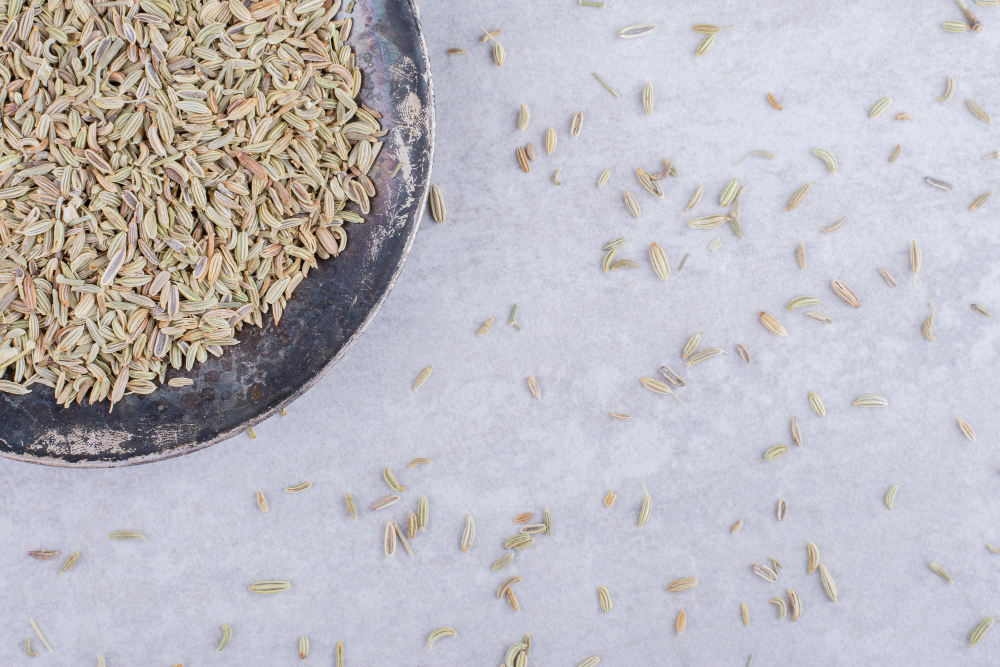
Detailed description
Green anise, Pimpinella anisum, an annual plant of the Apiaceae family, is native to the Mediterranean and Western Asia. Its aromatic seeds have been used for thousands of years in culinary and phytotherapeutic traditions for their multiple functional benefits.
Green anise seeds contain a high concentration of essential oils, mainly trans-anethol, estragole and methylchavicol. They are also rich in flavonoids, polyphenols and phenolic acids. These compounds help protect cells against free radicals thanks to their antioxidant properties.
Traditionally, green anise is used to support digestive comfort and respiratory functions. Modern research confirms its properties in maintaining natural defenses. In addition, it is appreciated for its soothing effects and its ability to support intestinal balance.
